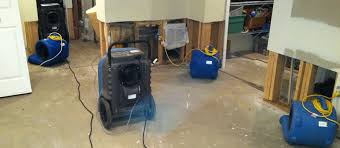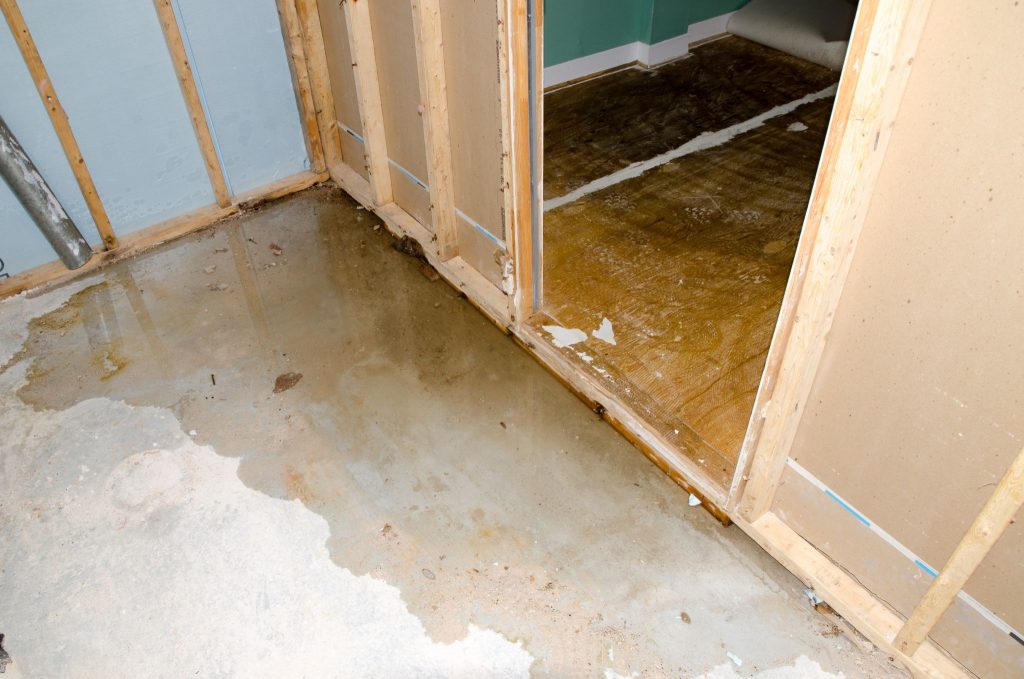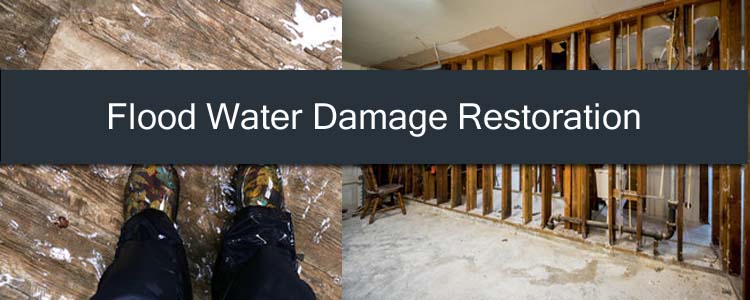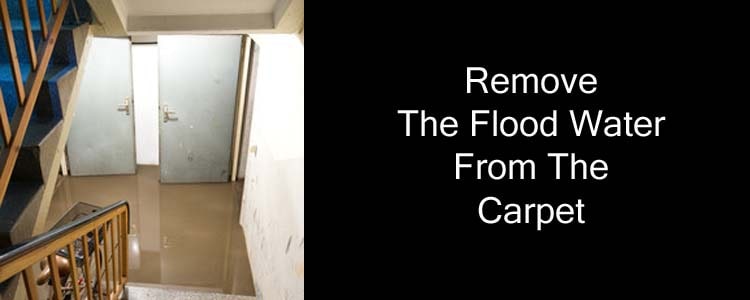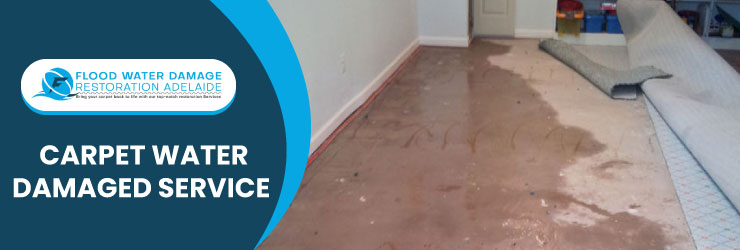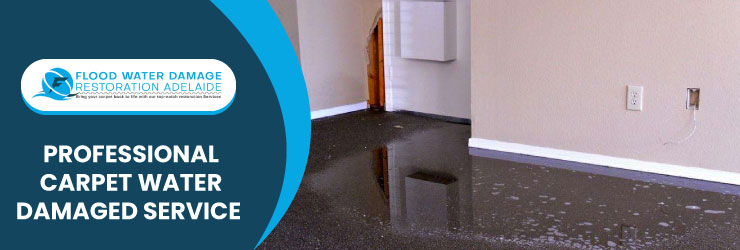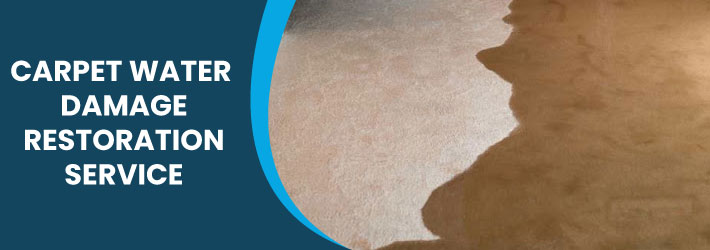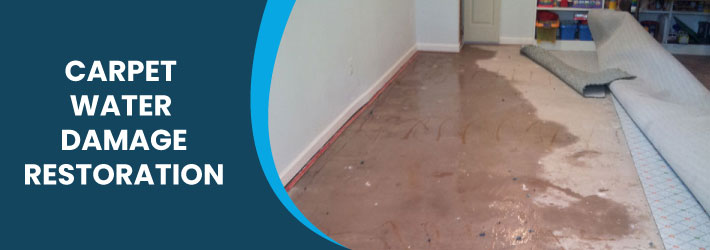Water damage can strike unexpectedly, leaving property owners overwhelmed with repairs and costs. Filing an insurance claim for water damage can be daunting, but understanding the process and following expert tips can help you maximize your payout. Whether it’s from a burst pipe or a severe storm, this guide will walk you through the steps to ensure a smooth claims process. For extensive repairs, professional Flood Damage Restoration services can restore your property efficiently and effectively.
Why Filing a Water Damage Insurance Claim Matters
Water damage can cause significant harm to your property, including structural issues, mold growth, and damaged belongings. Insurance coverage can help alleviate the financial burden, but to receive the compensation you deserve, it’s essential to file your claim correctly and promptly.
Steps to File a Successful Water Damage Insurance Claim
1. Act Quickly and Safely
The first step after water damage is to ensure the safety of everyone in the property. Turn off electricity and water if needed and avoid entering areas with standing water. Acting promptly can also prevent further damage and strengthen your insurance claim.
2. Document the Damage
Take photos and videos of all affected areas, including walls, flooring, furniture, and personal items. Documenting the damage thoroughly provides evidence for your insurance adjuster and helps substantiate your claim.
3. Review Your Insurance Policy
Understand the terms and conditions of your policy, including what types of water damage are covered. For example:
- Covered: Sudden events like burst pipes or roof leaks.
- Not Covered: Gradual damage due to neglect, such as long-term leaks.
4. Notify Your Insurance Company
Contact your insurance provider immediately to report the damage. Provide detailed information about the incident and submit the necessary documentation. Many insurers have a specific time frame for reporting claims, so don’t delay.
5. Mitigate Further Damage
Take steps to prevent additional damage, such as:
- Removing standing water.
- Drying affected areas with fans or dehumidifiers.
- Covering roof leaks with tarps.
While mitigation is essential, avoid permanent repairs until the insurance adjuster inspects the damage.
6. Work with the Adjuster
Your insurance company will assign an adjuster to assess the damage. Be present during the inspection to point out all affected areas and provide your documentation. Clear communication with the adjuster is key to a fair settlement.
7. Hire Professional Help
For extensive water damage, consider hiring a Flood Damage Restoration company. Restoration experts can provide detailed estimates and reports, which can strengthen your insurance claim.
Tips to Maximize Your Insurance Payout
- Keep Receipts: Retain all receipts for temporary repairs, cleaning supplies, or professional services.
- Be Honest: Provide accurate information about the damage and its cause. Misrepresentation can lead to claim denial.
- Get Multiple Estimates: Obtain quotes from contractors to compare costs and present realistic repair figures to your insurer.
- Follow Up: Stay in touch with your insurance company to ensure your claim is progressing.
Why Professional Restoration Services Are Essential
Professional Damage Restoration services ensure your property is thoroughly cleaned, dried, and repaired. These experts:
- Use advanced equipment to remove water and prevent mold growth.
- Provide detailed documentation to strengthen your insurance claim.
- Restore your property to its pre-damage condition efficiently and safely.
Contact Us
If your property has suffered water damage, we’re here to help. Our experienced team specializes in Flood Damage Restoration in Adelaide to restore your home quickly and effectively. Contact us today for a consultation and let us help you navigate the insurance claims process with ease.
Conclusion
Filing an insurance claim for water damage doesn’t have to be overwhelming. By acting quickly, documenting the damage, and working with professionals, you can maximize your payout and restore your property efficiently. For severe damage, professional Damage Restoration services are essential to ensure a thorough and safe recovery. Don’t delay—protect your investment and start the claims process today!
FAQs About Water Damage Insurance Claims
Insurance generally covers sudden and accidental water damage, such as burst pipes or roof leaks. However, flood damage from natural disasters usually requires separate flood insurance.
You can make temporary repairs to prevent further damage, but avoid permanent fixes until after the adjuster’s inspection.
Public adjusters can help if you feel your insurance payout is too low. They work on your behalf to negotiate with the insurer.
Processing times vary depending on the complexity of the claim and the insurer’s workload. It typically takes a few weeks to a few months.
Restoration companies assess damage, provide detailed estimates, and perform the necessary repairs. Their reports can support your claim by validating the extent of the damage.

